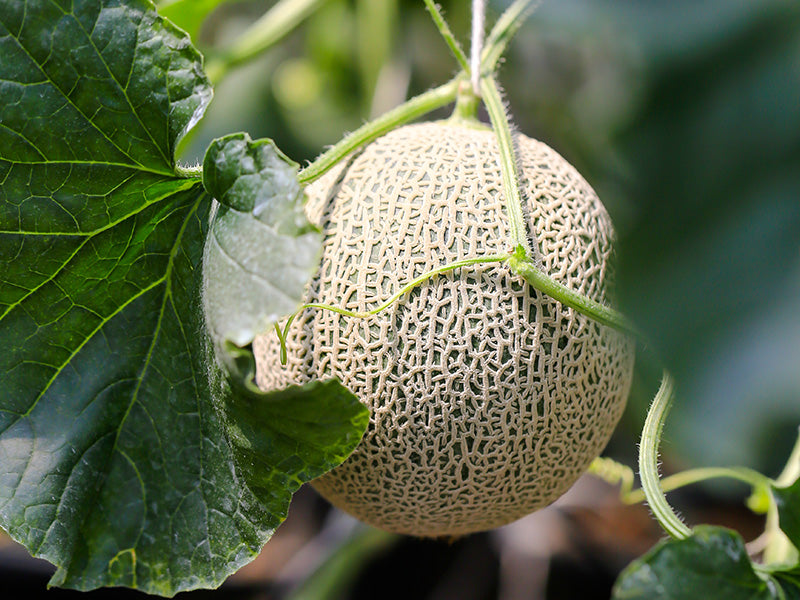
Vine
Cantaloupe
USDA Zone: 4–11
Lifecycle: Annual
Mature Size: Vining, 10–15 ft.
Native Region: Africa/Southwest Asia
Sunlight Requirements: Full Sun
Learn about: Care, Seeding, Planting and Potting, Feeding, Winterizing, Harvesting and Pruning

USDA Zone: 4–11
Lifecycle: Annual
Mature Size: Vining, 10–15 ft.
Native Region: Africa/Southwest Asia
Sunlight Requirements: Full Sun
Learn about: Care, Seeding, Planting and Potting, Feeding, Winterizing, Harvesting and Pruning